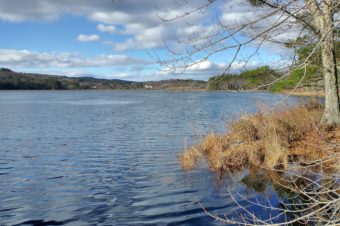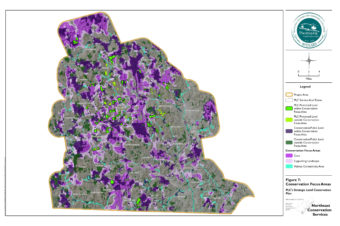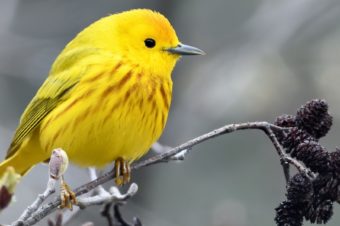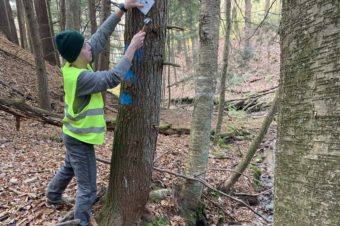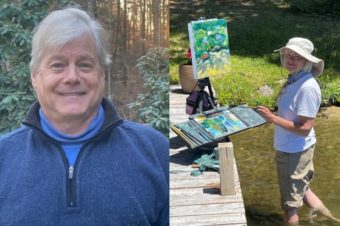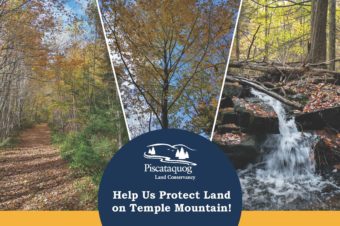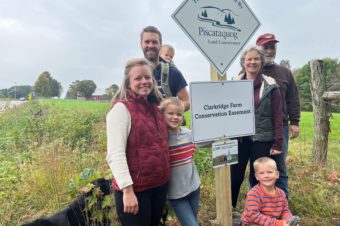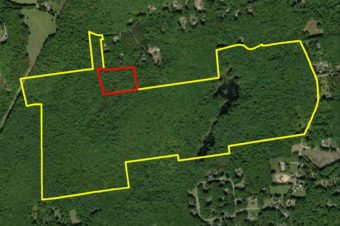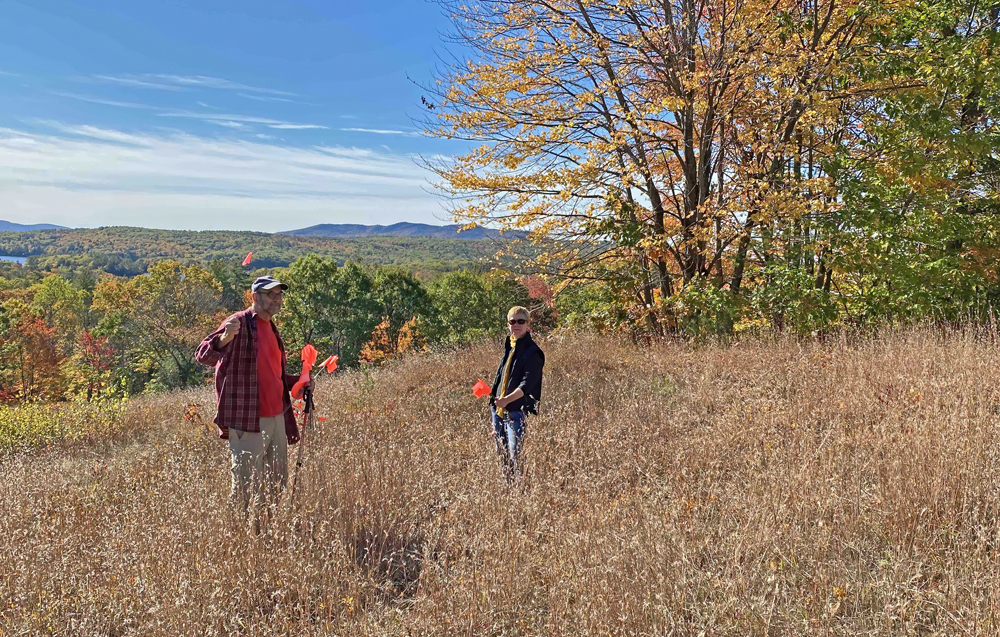
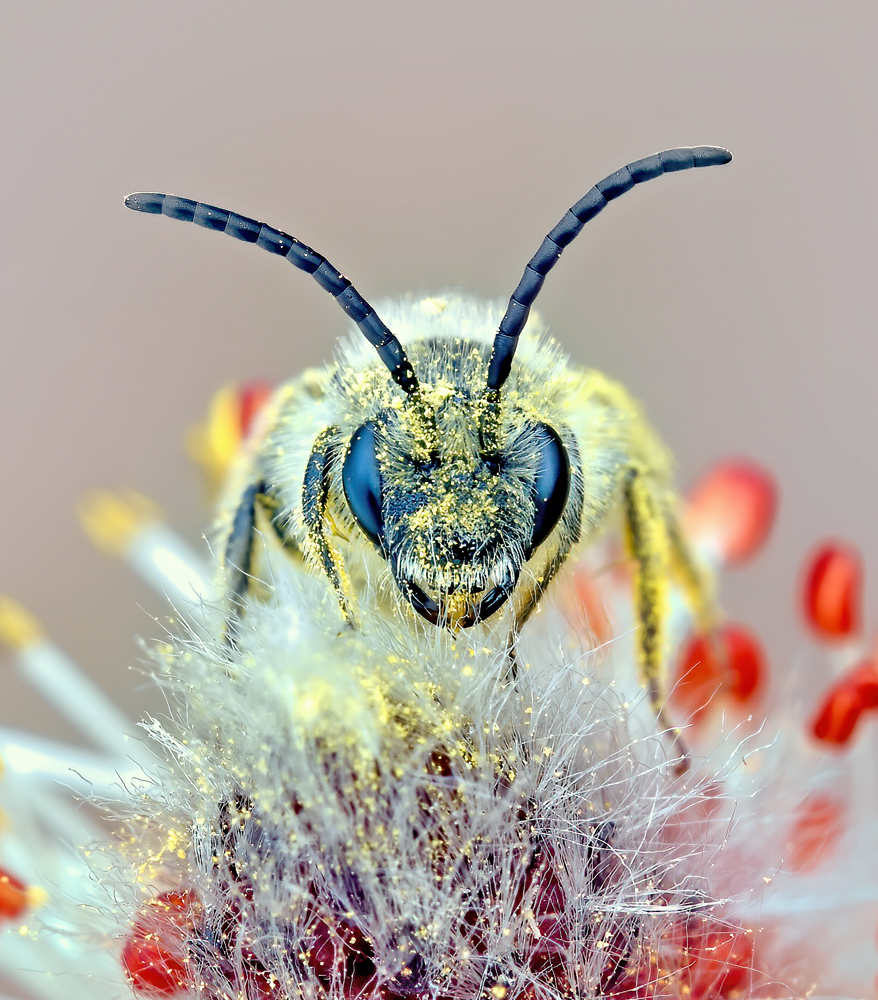
Conservation campaigns tend to feature the big, bold, and breathtaking creatures – moose, bobcat, birds of prey. Their existence represents the sum of land protection efforts – a single bobcat requires five square miles (3,200 acres) of territory to have enough prey to sustain its existence. Protective efforts focused on the micro level are important, too. Healthy supporting habitats for large animals owe much to invertebrate populations. Insects provide food for prey, pollination to native plants, and they help keep invasive and harmful pest populations under control. Without robust native invertebrate populations, ecosystems can collapse.
The Deering Conservation Commission (DCC) is working to support insect populations at the Gregg Hill Property, bought by the town in 2005 and protected by a PLC conservation easement in 2021. The property, a former ski slope with a rope tow, is home to a large meadow with southern exposure – the perfect location for pollinator friendly plants.
“I came up with the idea of a pollinator garden for the Gregg Hill lot after seeing what Deering residents Amanda Marsh and Eric Simon were developing on another nearby conservation easement, known locally as ‘The View’,” said Gary Samuels, Chairman of the Deering Conservation Commission, and a PLC Trustee. On the Gregg Hill property Samuels saw an opportunity to add to Deering’s local ecosystem and outdoor amenities by developing beneficial pollinator gardens and meandering trails for all to enjoy.
Establishing pollinator gardens can be a challenge, though. Preparing the soils for ideal germinating conditions requires extensive planning, manual labor, and a years-long commitment. The Xerces Society for Invertebrate Conservation develops region-specific conservation resources and offers consultation to land managers. Mike Thomas, also a member of the Deering Conservation Commission and a PLC Trustee, worked with both the Xerces Society and the Natural Resource Conservation Service to develop a technical strategy for the Gregg Hill property. The plan outlines site preparation, seed-sowing techniques, invasive management, native plant seed-mixes, and long-term stewardship practices.
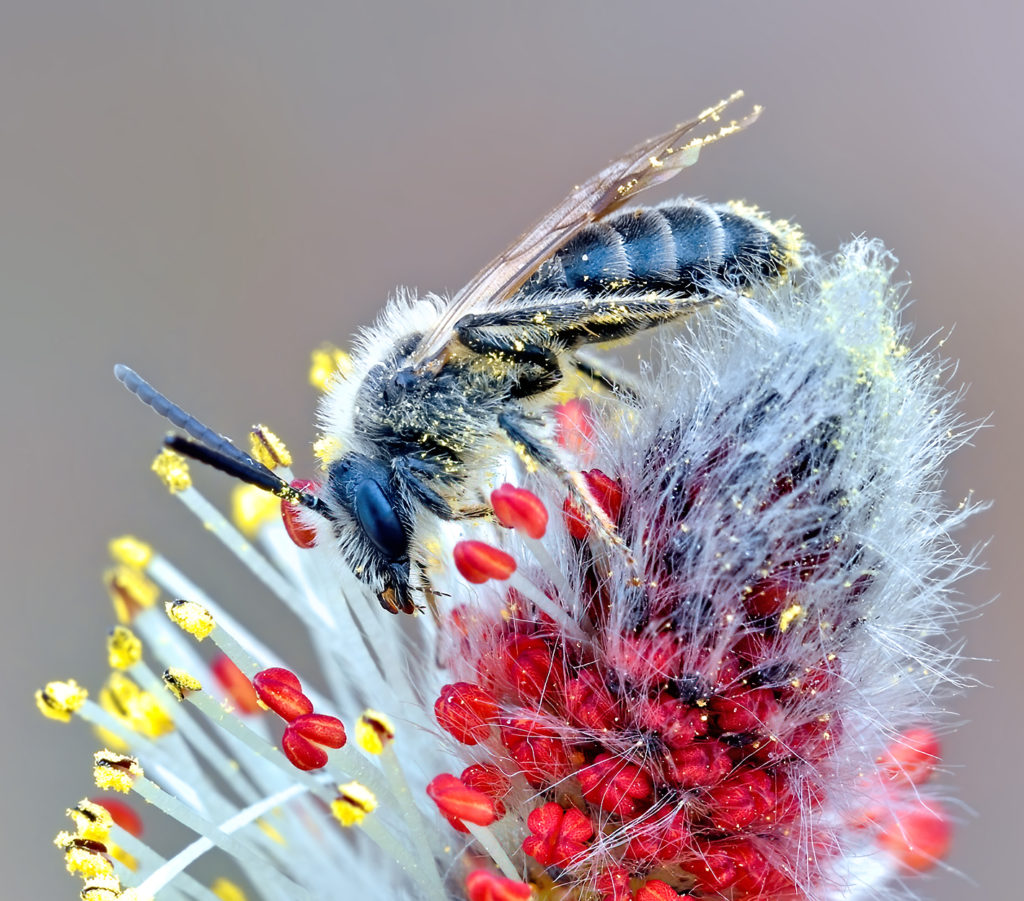
The first stages of the plan were put into action in Fall of 2020. The field on Gregg Hill was mowed, with special consideration given to ecologically sensitive areas where native orchids and blueberries currently thrive. In the Spring of 2021, the DCC and volunteers installed six bluebird nesting boxes and began the site preparation for two 24” x 24” pollinator garden plots, and seeding was completed in the Fall.
“Before doing more extensive planting, I wanted to be sure that we could succeed with this small-scale project,” said Samuels. The group will be keeping an eye on the plots this Spring, looking for signs that the plantings have taken root. They’ll also be looking out for black swallow-wort, an invasive species that was identified on the property at the initial evaluation. An extremely aggressive plant, if allowed to establish black swallow-wort will out-compete the young, slower to establish native plants. Black swallow-wort is also detrimental to Monarch butterfly populations – a poisonous doppelganger of milkweed that can kill Monarch caterpillars.
What are the next steps? The DCC is seeking funding for an interpretive trail and a gravel parking lot for public access. Other plans include installing a kiosk in the parking area, native bee houses, and benches for visitors to rest at and enjoy the gardens and scenic views.
This ongoing effort is one rooted in community partnerships, volunteers, and support from the town. “This collaborative effort has been a great way to get the community involved in enhancing pollinator habitat,” said Thomas. “This project would not be possible without support from the Deering Board of Selectmen, volunteers from the Deering Conservation Commission and Hillsborough Youth Services, and technical assistance from the Xerces Society and Natural Resource Conservation Service.”
Volunteer support for this effort will be critical to its success. If you’re interested in learning more about the project or volunteering, please contact: Mike Thomas at mikethomas206@comcast.net
Written by Jill Ketchen – PLC Development and Communications Coordinator
Photography by Mike Thomas
